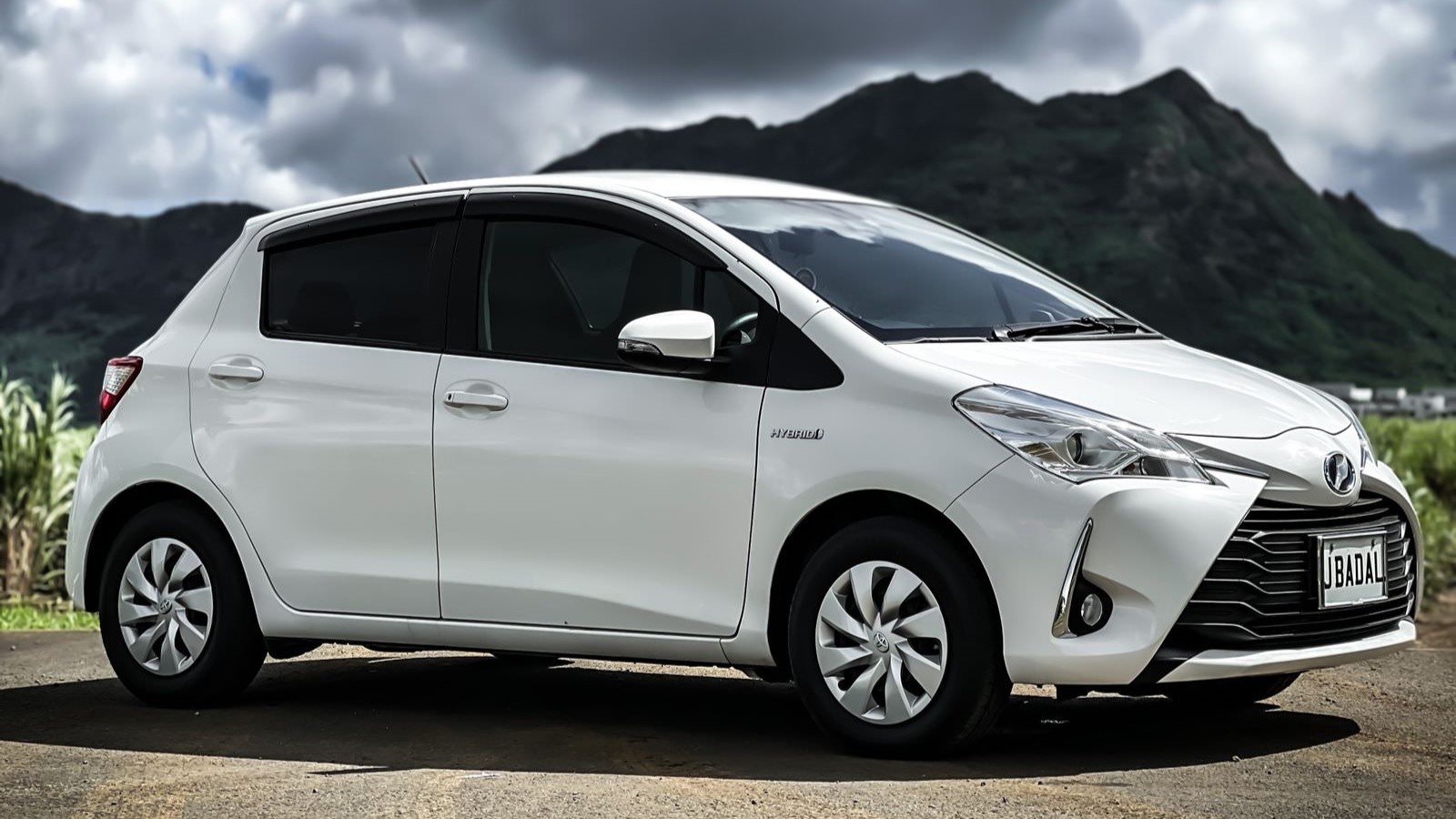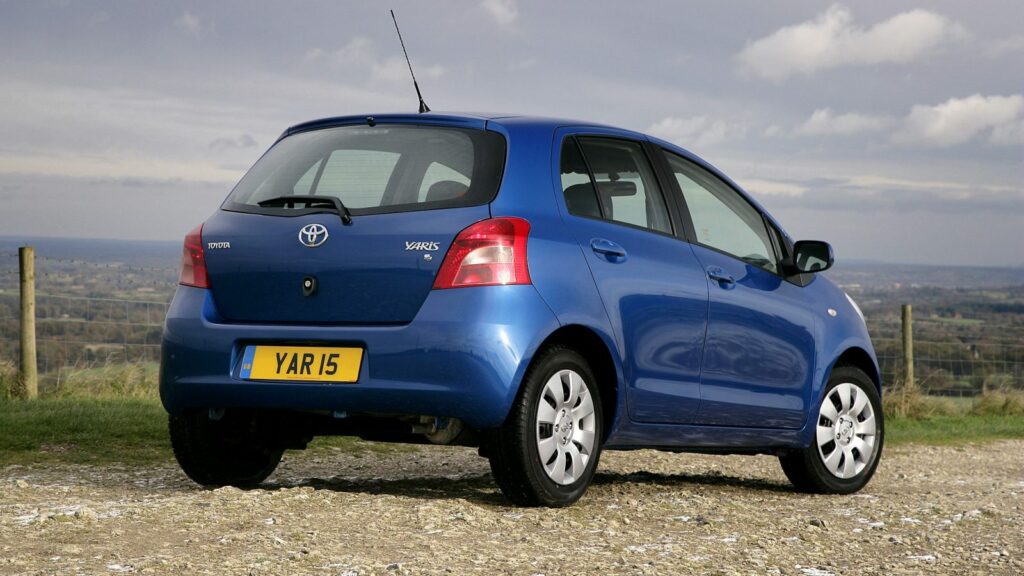An extremely common part of buying a new car is actually part exchanging your old one – which is where the dealership will buy your old car from you and deduct the value of your old car from the price of your new one. This allows you to get an up front deposit towards your new car and it eliminates the need for you to go through the hassle of selling your old car privately.
In this article we’re going to show you exactly how to go about trading your Toyota into the dealership, what you must watch out for, and also what you should do if the dealership isn’t offering you the price you want for your old car.
Table of Contents

What do I need before receiving a valuation?
Firstly, you need to make sure you have found a new Toyota that you want to buy – ensure that you have considered your budget and whether the new car meets your needs. You’ll then need to make sure that the dealership you want to buy from offers part exchange on older cars (most do) and whether they will buy your old car. For example, some dealerships may decide that they won’t buy UK imports – so if you have one, you may only have a smaller selection of dealerships to choose from.
Once you’ve decided on your new Toyota and you’ve established that the dealership buys old cars from their customers, and there’s nothing to suggest they won’t buy yours, then it’s time to get your car valued.
Step 1 – Receiving a valuation
A valuation will give you an estimated value that the dealership is willing to pay for the car. You’ll generally have to give the dealership information about the mileage, service history and condition of the car. It goes without saying that a car with minimal service history and lots of paint and bodywork problems is going to fetch a lower price than a car that has excellent paintwork and a full service history.
Be honest when telling the dealership when assessing the condition of your car – as they will want to look at it before giving you a final part exchange price. You will find that if you overstate the condition of your car and tell the dealership it’s in excellent condition when it really isn’t, they’ll probably look to lower the price they’re willing to pay when they see it for themselves.
Before you approach the dealership, check the market value of the car so you have some idea of what the dealership might offer you. The best way to do this is to look at online marketplaces for the same make and model of car that’s around the same age and has done roughly the same mileage.
Be aware that if you have outstanding finance on the vehicle, this will need to be paid off first – and most dealerships can handle this for you if you give them a final settlement figure from your finance company.
Step 2 – Preparing your car for part exchange
What’s important to understand is that the dealership can at any point change their mind about how much they are willing to offer you. A part exchange valuation isn’t final until the dealership has actually seen the car and assessed its condition. Therefore, it’s in your best interest to present the car in as good a condition as you possibly can.
It goes without saying that at a minimum you should ensure the car is clean and free of any litter or debris. Vacuum the car, clean the dashboard, windows and all surfaces. A well-maintained interior gives the impression of a car that’s also been mechanically well looked-after and is likely to positively influence your valuation.
In the same vein, a thorough exterior wash and shampoo will make a big difference, as it presents the car in its best light. If you have minor scratches or dents in the paint, consider having them repaired by a professional as this can also positively impact what the dealership will be prepared to offer you for your car.
Make sure you have all the relevant documentation in hand – servicing records, owners’ manual, any receipts for work done over the years, VRT certificates, and registration and insurance documents. You will be asked for these, and if you are missing any, you may find your valuation takes a hit.
Finally, make sure the car is in good mechanical condition – that the tyres are at the correct pressure and that the car’s fluids, such as oil, coolant, brake fluid, and windscreen washer fluid, are all at the correct levels. Clear out all your personal belongings – check under seats, in the glove box, in the boot, and in the door pockets to make sure you haven’t left anything behind.
Step 3 – Giving the dealership your old car and receiving your new one
Usually, this is as simple as handing the keys and all associated documentation to the dealership and then driving away in your new car. Ensure the dealership has taken care of the transfer of ownership, registration, and road licence of your old car. Make sure you notify your insurer that your car has changed and ensure that if there is outstanding finance on your old car, it has been settled correctly by the dealer.
If your dealership offers a delivery service, you may find that instead of handing the keys into the dealership for your old car, you simply hand the keys over to the delivery driver who delivers your new car.
Once you’ve considered all of the above, all that’s left for you to do is enjoy your new Toyota!

FAQs
How do I determine if I’m being offered fair part exchange value?
You should be aware that you won’t be offered full market value for the car as the dealership will need to make a profit on your old car to make buying it from you viable.
To determine whether the dealership is offering you a fair price, look at what the same make and model of a similar condition and mileage is being sold for privately – you can look at online marketplaces such as Maltapark to see whether the dealership has offered you a price you would consider fair.
What documents do I need to provide for a part exchange in Malta?
At a minimum you will be asked for the vehicle registration certificate and the vehicle roadworthiness test (VRT) certificate. If there is outstanding finance on your car you will also need a settlement figure from the finance company. The dealer may ask you for other documents such as personal identification documents, insurance documents, service history, as well as any spare keys and warranty documents (if the car is still under warranty).
Can I part exchange a car with outstanding finance?
You can usually part exchange a car with outstanding finance. Your finance company will provide you with a settlement figure if you ask them, which will be the figure they will accept to clear the finance. You can then give this to the dealership. They will buy the car from you, send a portion of the payment equalling what you owe to the finance company and then you will receive the rest as a discount on your new car.
Be aware that if you are in negative equity the dealer may be offering you less than what you owe on the car, so you will have to pay this off yourself before you can part exchange the car and receive your new car.
Will dealerships accept any car for part exchange?
This really depends on the dealership and what they are willing to accept. Dealerships usually have criteria on the type of car, its age, mileage, market demand, and condition. They may also not be willing to take in a car that’s been involved in an accident at any point, or if you cannot provide any of the paperwork they ask you for. To check whether your car can be part exchanged at Toyota Malta, visit the showroom in Zebbug and speak to a dedicated sales representative.


